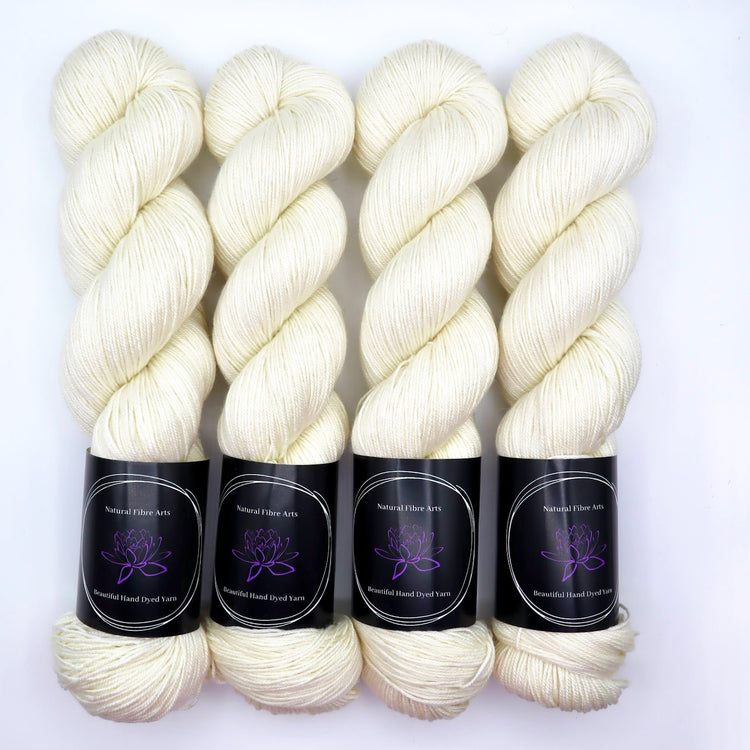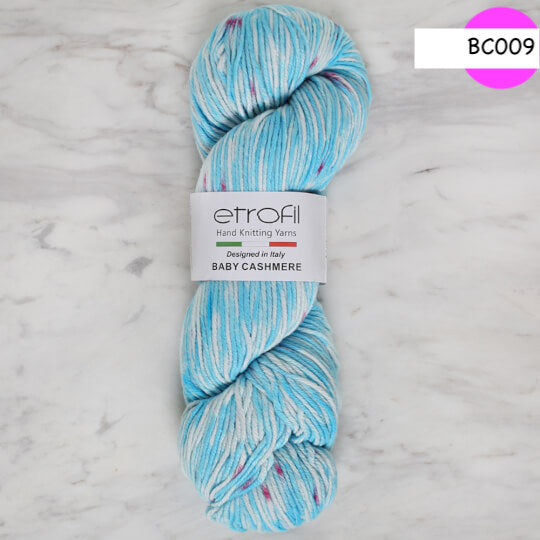The Exciting Process Behind Producing cashmere Fibre and Its Benefits
Wiki Article
Checking Out the Various Sorts Of Cashmere a Natural Fiber for Ultimate Luxury
Cashmere, a natural fiber, is usually related to high-end and comfort. However, not all cashmere is developed equal. From the richly soft Mongolian range to the light-weight heat of Indian Pashmina, each type presents its own special attributes and allure. The extra inexpensive Chinese cashmere, the traditional Scottish variation, and the premium Italian blend, all inform a various tale of this impressive fiber. As we untangle the globe of cashmere, a deeper understanding of its real worth and elegance starts to emerge.Understanding the Elegant Nature of Cashmere
Cashmere, typically associated with deluxe and comfort, holds an one-of-a-kind allure in the globe of natural fibers. Unlike other natural fibers, cashmere combines insulation with breathability, using unequaled comfort across differing temperature levels. Its lustrous finish and soft structure add to its high-end allure, justifying the premium price that often comes with cashmere garments.
Just What Is Cashmere and Where Does It Come From?

Given these exceptional high qualities, one could question about the beginning and makeup of this glamorous fiber. Cashmere is derived from the soft undercoat of cashmere goats, mainly found in Mongolia, China, Iran, and Afghanistan - is cashmere a natural fiber. These goats are adapted to rough climatic problems, generating an exceptionally fine, soft underfur as a protection against the bitter cold. This underfur, or undercoat, is what is gathered for cashmere. Each springtime, when the goats naturally shed their winter season coat, farmers comb out the great underhair, leaving the coarser hair behind. This thorough procedure contributes to the shortage and high price of cashmere. With its beginning in the harsh landscapes of Asia, cashmere is a testimony to nature's capability to produce deluxe from adversity.
Translating the Various Kinds of Cashmere
Recognizing the various kinds of cashmere is vital to appreciating the high quality and one-of-a-kind attributes of this lavish fabric. Generally, cashmere is classified into 3 kinds: raw, virgin, and recycled. Raw cashmere is directly obtained from the goat and is unprocessed. This kind frequently includes pollutants such as dust and crude hair. Virgin cashmere, on the various other hand, is the pure, unrecycled material that is spun right into thread for the initial time. It is the softest and most lavish. Recycled cashmere is made from virgin material that has been previously utilized. It is re-spun and used in creating lower-cost cashmere like it products. Deciphering these kinds is the initial step in recognizing the exclusivity and worth of cashmere.
The One-of-a-kind Attributes of Each Kind of Cashmere
Having actually discovered the various categories of cashmere, it becomes evident that each kind boasts its one-of-a-kind set of qualities. Mongolian cashmere, for circumstances, is renowned for its remarkable quality, due to Mongolia's rough winter seasons that create longer and finer fibers. Conversely, Chinese cashmere is typically much more budget friendly, though its much shorter fibers can lower toughness.Why Cashmere Is the Embodiment of High-end in Style
Cashmere holds an esteemed position in the globe of fashion, pertained to as an icon of luxury and refinement (is cashmere a natural fiber). Cashmere is derived from the great undercoat of Himalayan goats, known for their remarkable high quality fiber. Cashmere's unequaled convenience and longevity make it a popular product in the development of premium garments.The Refine of Making Cashmere: From Goat to Garment
The trip of cashmere, from being an undercoat of a Himalayan goat to an extravagant garment, is a detailed one. With the arrival of springtime, farmers in Mongolia and China accumulate the wool by brushing the goats, guaranteeing no harm is done. The gotten woollen is composed of crude external hair and soft Your Domain Name downy undercoat. This mix his comment is here is then painstakingly divided, with only the soft down made use of for cashmere. This raw cashmere is cleaned, colored and spun into thread. The thread is then woven or knitted into textiles. The final action involves cleaning and pushing to offer the fabric its characteristic softness and warmth. From goat to garment, each step is a testament to the patience, ability and artistry associated with crafting cashmere.
Verdict
To conclude, cashmere, with its natural elegance and unparalleled convenience, preponderates in the world of luxury style. The diversity in kinds, ranging from the soft Mongolian, lightweight Indian Pashmina, cost effective Chinese, conventional Scottish, to the vibrant Italian, discloses the flexibility of this all-natural fiber. The scrupulous process of changing it from a goat to a garment further includes to its exclusivity, making cashmere the embodiment of elegance and luxury.Cashmere, an all-natural fiber, is frequently linked with luxury and comfort (is cashmere a natural fiber).Cashmere, usually linked with luxury and convenience, holds an one-of-a-kind allure in the globe of all-natural fibers. Unlike various other natural fibers, cashmere combines insulation with breathability, providing exceptional convenience throughout varying temperature levels. Cashmere is acquired from the soft undercoat of cashmere goats, primarily found in Mongolia, China, Iran, and Afghanistan. Cashmere is obtained from the great undercoat of Himalayan goats, recognized for their exceptional top quality fiber
Report this wiki page